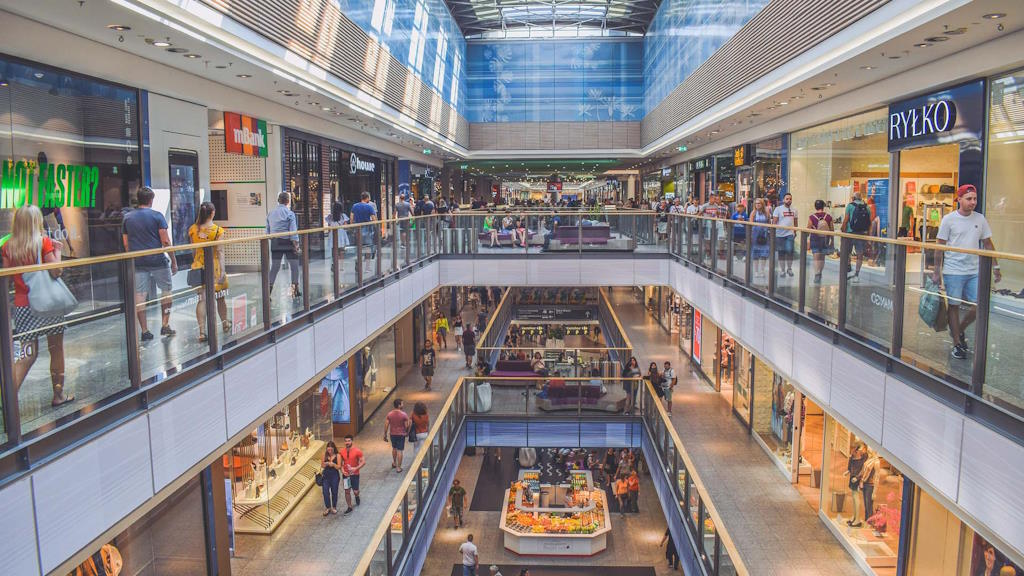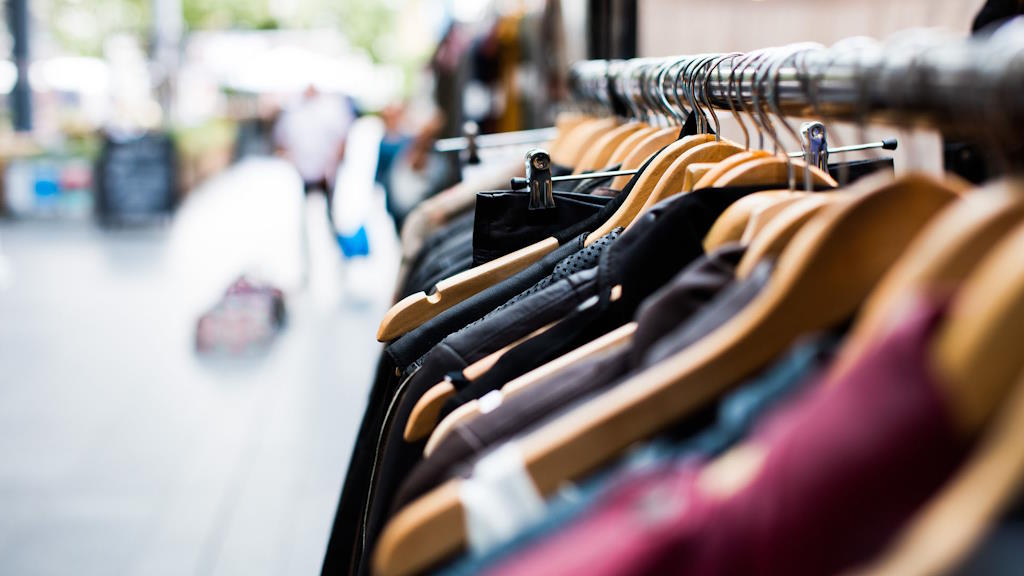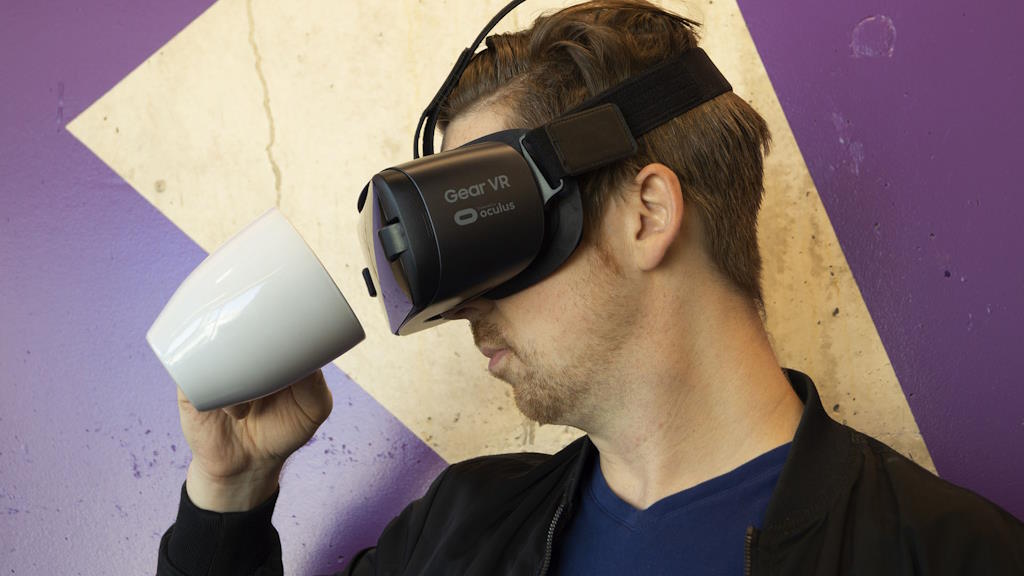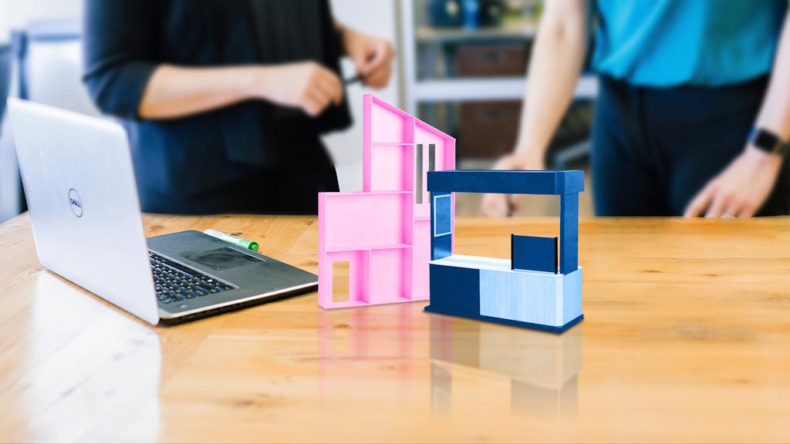It was in the late 90s to early 2000s that these ephemeral stores or pop-up events began popping up in the U.S. The idea behind them was simple: to make some noise, provide a unique short-lived experience for customers, and then pack up and leave.
They started becoming so popular that brands around the world began using them as a part of their marketing strategy. Be it a retail store, a restaurant, or a product/ service that offers an immersive experience, pop-up events make for wonderful advertisements.
Keep reading to learn more about the “why” behind their buzz and how they are being kept alive nowadays, if at all.
Different Strokes for Different Folks
Depending on the brands’ industry and goals, you’ll mostly see a couple of types of Pop-Up events well… Popping up! The most common ones are the following:
1. Surprise Pop-Up Events

And we are not talking about a web browser or in-game ad pop-up “surprise” here. Surprise pop-up events come off as memorable enough to leave people thinking about it for days to come, bringing that extra guerrilla marketing effect to a point. This is the general idea of surprise pop-up events: to give people an experience they were not expecting. For instance, a brand could organize a sudden dance-off in the middle of a mall, where the dancers distribute some freebies to mall-goers. This has the double bonus of entertaining the people and promoting your brand. Back in the early days of pop events, famous artists like Lizzo and Snoop Dogg were doing these just for the fun of it, although maybe at the time, that wasn’t even perceived as a pop-up event in its current form. In general, celebrity meet-and-greets are quite a thing, as are fitness flash and art installation events.
Another pop-up event that has the same surprise factor usually comes in as a temporary stall at a place where there is a lot of foot traffic and allows passers-by to experience something unique – such as trying out your cool new product that is just about to launch or just a flash sale. Yeezy and Balenciaga pop-up events are the freshest examples that come to mind, and this type of sales approach completely aligns with their buyer’s demographics.
2. Immersive/ Interactive Pop-Up Events
These types of events let the people become a part of the experience rather than just watching it from the sidelines. You can go full-on with lights, performances, food, and other interactive elements. The only goal here is to let people feel like they have entered an entirely different world. Immersive pop-up events proved to work well for product launches or marketing for the dining, theater, art, travel, or other similar industries.
Nars Cosmetics, a beauty brand, uses this approach to raise awareness about new products and hit sales goals. Some of their most viral pop-up events include “House of Climax,” and “The O by Nars.” The events were shaped around how Nars wants customers to view the brand—cheeky, sensual, and sensorial. There were even rooms dedicated to smelling different kinds of scents. Pretty cool, huh? On a “hey, that was unexpected” note in the world of these surprise events, one casino operator held a (turns out to be mandatory) pop-up event in order to keep their license going. Beggers can’t be choosers, no? We’re not quite sure how attractive this is to players compared to online gaming, because hopping over to FatFruit.com feels substantially less creepy than going inside a big white tent on a random parking lot.
3. Marketing Pop-Up Events

Want to raise brand awareness, engage in real-time with customers, and let potential customers know just how cool your products are? Marketing pop-up events showed to be the answer. These events are organized to promote word-of-mouth referrals and market yourself in general. No matter how long you have been around, the ephemeral nature of such pop-up events is only going to pique people’s interests and generate more buzz. You can also go the extra mile and create pop-up exclusive items or experiences.
A great example of this is the summer pop-up shop set up by The Museum of Ice Cream (MOIC) in New York, in collaboration with artists, food scientists, local sweet shops, and a dating app. This pop-up lasted for a month and had everything you could ask for art installations, ice cream tastings (including some pop-up exclusive flavors), history lessons, edible helium balloons, and even an ice-cream-themed playground.
4. Pop-In Stores
These are stores set up within another store, giving customers a nice little surprise. “You thought there was only one store here? Ha, got you!” If you are just setting your foot into the world of retail, pop-in stores are a great way to gauge customer demand and save money before you decide to rent your own space. They only need to rent a portion of a store.
For best results, they often choose a well-established brick-and-mortar store that gets a steady stream of customers. The parent store should also be within your niche. For instance, if they sell handbags, they usually set up a pop-in shop within a fashion store. And this is what the West Elm Local event did, aiming with the home furnishings retailer set up. They’ve partnered with local artists of different types and allowed them to set up in the corner of West Elm shops to sell their goods.
5. Virtual Pop-Up Events

For brands that don’t have the budget to set up a physical pop-up event right now or maybe you have customers from around the globe and want to create an experience that is inclusive of everyone, virtual pop-up events are the way to go.
Their main advantage is that they basically offer unlimited possibilities. You could give a tour of your stores, give a behind-the-scenes look at how your business works, offer an immersive experience or set up an online shopping experience.
Pop-Up State of the Union – What’s Cooking?
In the wake of what happened in 2021. on a global level, pop-up events experienced a resurgence as restrictions eased in 2022. Early on, many pop-ups adopted a hybrid approach (around 60%), combining in-person and digital elements or choosing outdoor settings such as markets and food truck festivals to ensure safety.
Despite growing interest and people trying to find any reason to mingle, cautious attendance was still a factor, leading to more intimate and limited-capacity gatherings rather than all-out events.
By 2023, the demand for experiential events surged as people craved unique experiences that made them reconnect with others after the post-pandemic life. Leading with that, pop-up events have steadily grown in popularity while also adapting to shifting societal norms and audience expectations. The emphasis on interactivity, exclusivity, and shareability—often amplified by social media—has shaped the direction of these events.
They have become a favored approach for brands and artists to engage audiences while focusing on sustainability and community-focused themes that have now emerged as significant drivers, aligning with the rising interest in eco-friendly practices and local support. All of this cemented pop-ups as a dynamic and appealing part of contemporary culture, and we’re sure that they’ll remain a norm in brand marketing and sales, at worst, they’ll shapeshift their definition while having the same goal.






